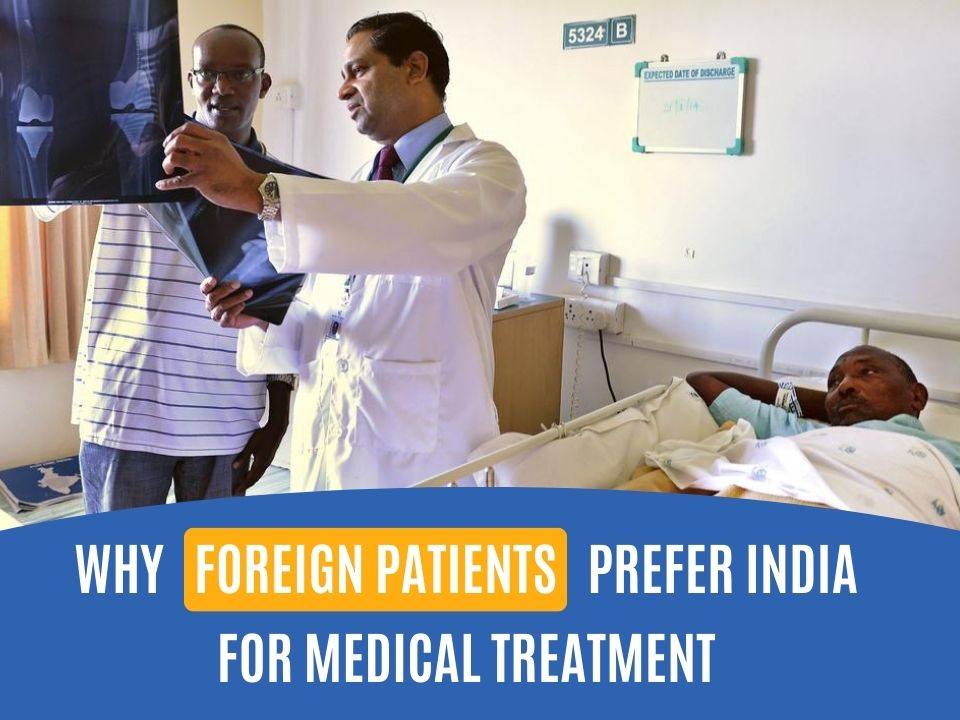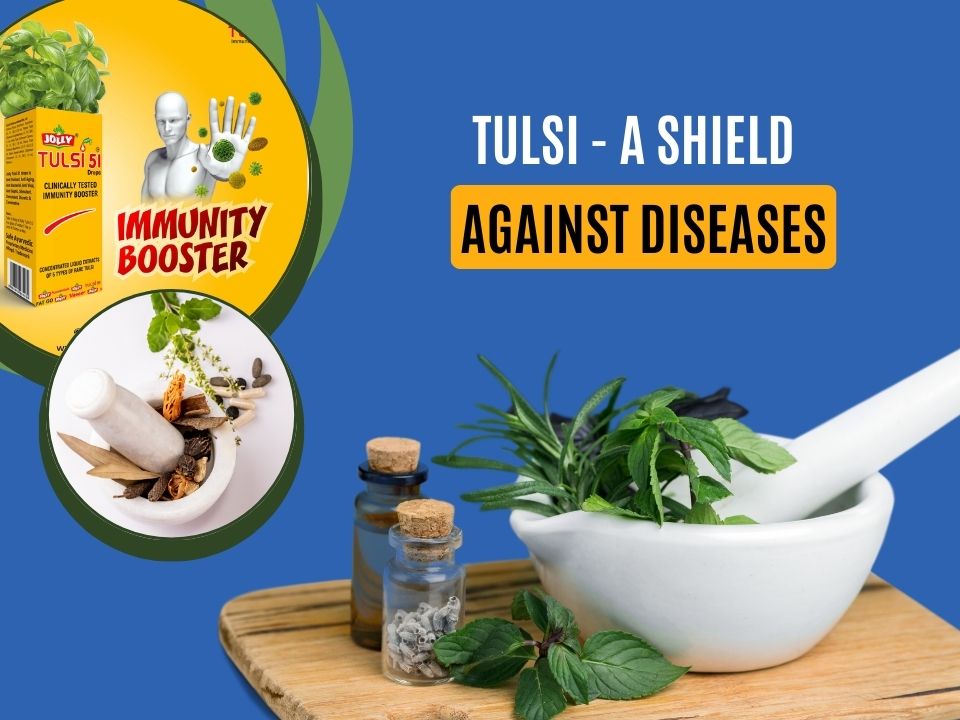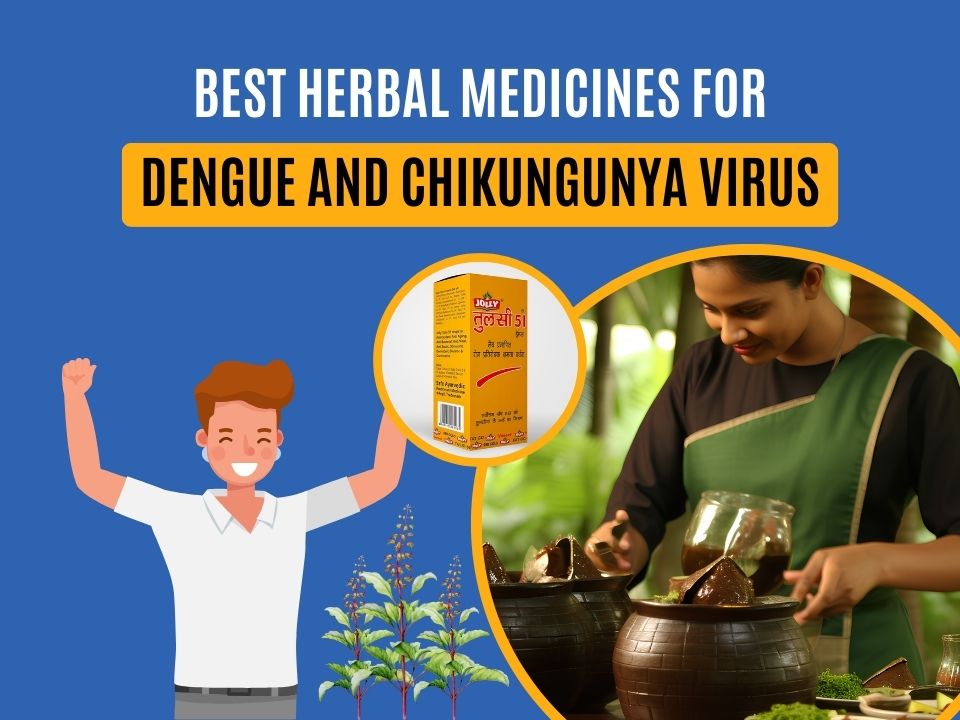
Arbaaz Khan Announced Dabangg 3 is Coming in 2018
July 1, 2016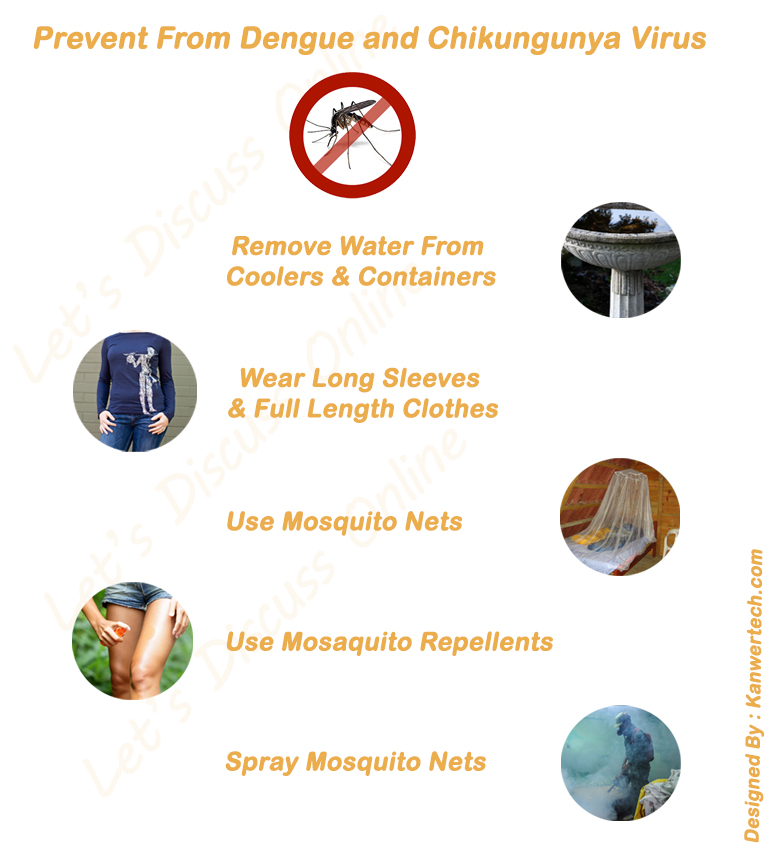
Symptoms, Diagnosis and Treatment of Chikungunya Virus & Dengu
July 1, 2016Prevention from Dengue and Chikungunya Virus
C Chikungunya Virus, is caused by an arbovirus and transmitted by Aedes aegypti mosquito. The name, comes from the Swahili that which bends up”, reflecting the physique of a person suffering from the disease. It resembles Dengue and is reported mainly from Africa, South-East Asia including India and Pakistan. It occurs principally during the rainy season. Chikungunya outbreaks typically result in large number of cases but deaths are rarely encountered.
Reasons
It is a viral disease transmitted through the agency of mosquitoes. The prime method of spread of chikungunya is through stagnated water. The aedes aegypti mosquito lays its eggs only in stagnated water. The responsible chikungunya virus is the alpha virus, which is carried by the aedes aegypti breed of mosquito. Hence, after malaria, filaria and dengue, chikungunya has become one more reason to exterminate mosquitoes. This explains why there is a widespread outbreak of chikungunya in India currently, which has just recovered from heavy floods.
Symptoms
The symptoms of Chikungunya are very similar to that of dengue fever. It typically starts with one or more of the following symptoms – fever, vomiting, chills, head ache, nausea and joint pain. The attack is sudden and sometimes it is accompanied with rashes. Symptoms of Chikungunya appear between 4 and 7 days after being bitten by the infected mosquito. Symptoms include high fever (102-104°F), joint swelling and pain (lower back, ankle, knees, wrists or fingers), rash, headache, nausea and fatigue.
The fever lasts for two to three days but the virus remains in the human body for up to a week. Mosquitoes biting a sick person during this period can spread disease to others around them. Chikungunya rarely kills, and most deaths occur in older people with existing diseases. Chikungunya can be detected using serological tests which will look for antibodies in your blood. Unlike chikungunya, recovery from an infection will give life-long immunity.
- Headache, Muscle pain, Weakness, Sleeplessness
- Ulcers in the mouth, Fever with very high temperature
- Rashes on the body, Pain in the joints and swelling
- Stiffness in the joints, Overwhelming tiredness
- Certain parts of the body which are in pain may also swell up
- Nausea, Acute pain all over the body, Conjunctivitis
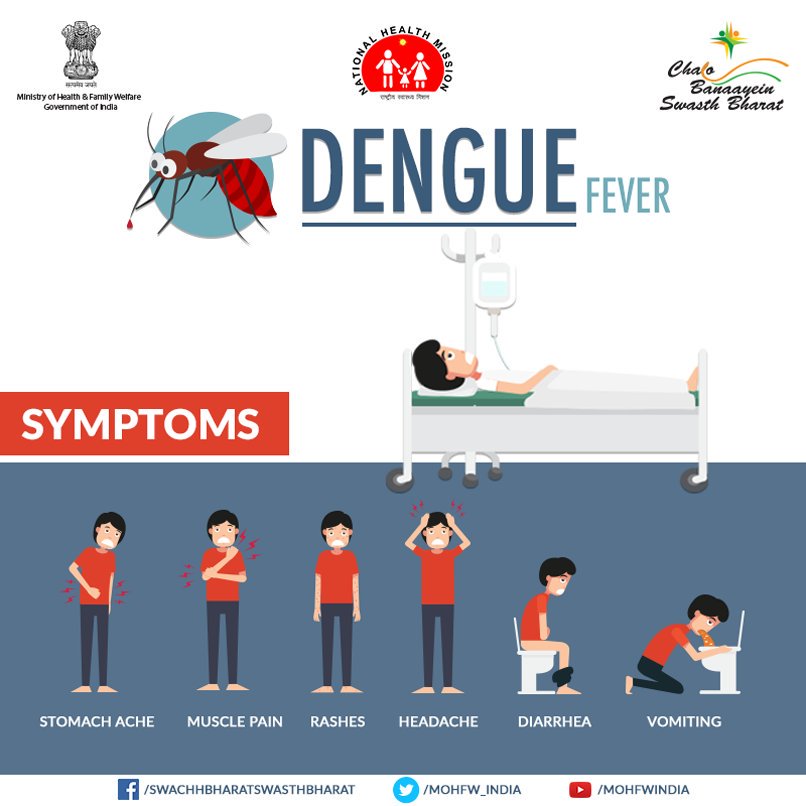
Image by : Twitter
Chikungunya Virus Infection
Today, many people turn to ayurvedic treatment for chikungunya but one needs to be careful and seek treatment only from a licensed ayurveda practitioners. CHIKV spreads to humans through the bite of infected mosquitoes. Ayurvedic preprations that are found helpful in chikungunya include sudarshan choorna and yogiraj guggulu. Some other effective ayurvedic medicines for treating the viral infections including Tulsi (Ocimum sanctum), Yashtimadhuk (Glycerrhiza glabra), Bhrungraj (Eclipta alba), Amalaki (Emblica officinalis), Manjishtha (Rubia cordifolia), Haridra (Curcuma longa), Pippali (Piper longum) and Laghu-Sutshekhar.
At Household level
Ae. aegypti mosquito bites during day times only. Kill adult mosquitoes by making use of commercially available safe aerosols (Pyrethroid-based). Spray bedrooms, including closets, bathrooms and kitchens (by removing/covering all food items properly) for a few seconds and close the room for 15-20 minutes. The timing of the spray should coincide with the peak biting times of the Ae. aegypti mosquito, e.g., early morning or late afternoon.
- Use commercially available repellants during the day time.
- Intensify efforts to reduce actual or potential larval habitats in and around houses.
- Cover water containers in the house to prevent fresh egg laying.
- Have infants sleep under bed nets during the day.
- Wear protective clothing (full sleeves shirts & full pants during day time).
- Use tight-fitting screens/wire mesh on doors and windows.
- Clogged gutters and flat roofs that may have poor drainage need to be checked regularly.
- Water in bird baths and plant pots or drip trays should be changed at least twice each week.
- Pets water bowls need to be emptied daily.
- In ornamental water tanks/garden, larvivorous fish (e.g., Gambusia, Guppy) need to be introduced. These small fishes eat mosquito larvae.
At School level
- School children should be provided with health education on all aspects of dengue and chikungynya fever: what it is, how it spreads, the role of mosquitoes, where & how they breed/rest, and how they can be controlled.
- School children should be trained on how to detect and eliminate the breeding of Ae. aegypti in and around the schools, in their homes and in the neighborhood.
- School children should be advised to wear protective clothing – full sleeves shirts & full pants during day time (during school time as well as before and after school)
- In ornamental water tanks/garden, larvivorous fish (e.g., Gambusia, Guppy) need to be introduced. These small fishes eat mosquito larvae.
- Weeds and tall grasses should be cut short; adult mosquitoes look for these shady places to rest during the hot daylight hours.
- In case, water containers can not be emptied, Temephos (1 ppm) should be applied on weekly basis.
At Community level
- People should form groups to supplement and reinforce efforts at the household levels.
- Such group can identify commercial activities such as traders dealing in used tyres, which may be contributing larval habitats for the vector.
- They can create awareness about dengue/chikungynya and seek cooperation for the removal of breeding places. Community activities against larvae and adult mosquitoes can include :
- Cleaning and covering water storage containers
- Keeping the surroundings clean and improving basic sanitation measures
- Burning mosquito coils to kill or repel the mosquitoes
- Burning neem leaves, coconut shells and husks to repel mosquitoes and also to eliminate outdoor breeding sites
- Screening houses, particularly bedrooms
- Making available hand aerosols for killing mosquitoes
- Cleaning weeds and tall grass to reduce the available outdoor resting places for adult mosquitoes near houses
- Using mosquito nets to protect infants and small children from bites during the day time and also insecticide treated nets and curtains to kill mosquitoes attempting to bite through the nets or resting on nets and curtains.
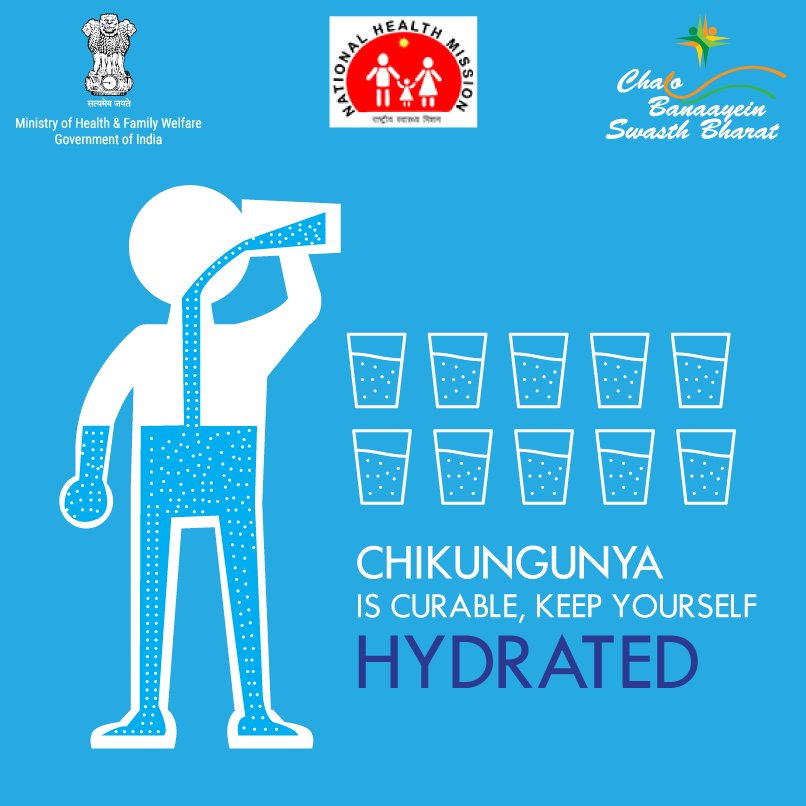
Image by : Twitter
Protecting yourself from Dengue and Chikungunya Virus
- Wear clothes that cover your arms and legs.
- Use mosquito repellent sprays, creams, coils, mats or liquids to drive away mosquitoes and use screens on doors and windows.
- Wear loose clothes that cover your arms and legs.
- Aedes aegypti, the mosquito that spreads dengue infection, breeds in clean, fresh water in vases, tanks, birdbaths, fountains, old tyres, containers, potholes etc. Prevent mosquito breeding by drying out all containers at least once a week.



